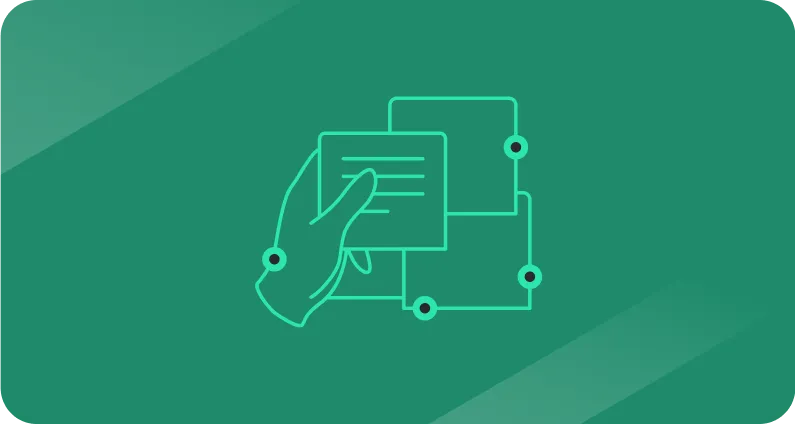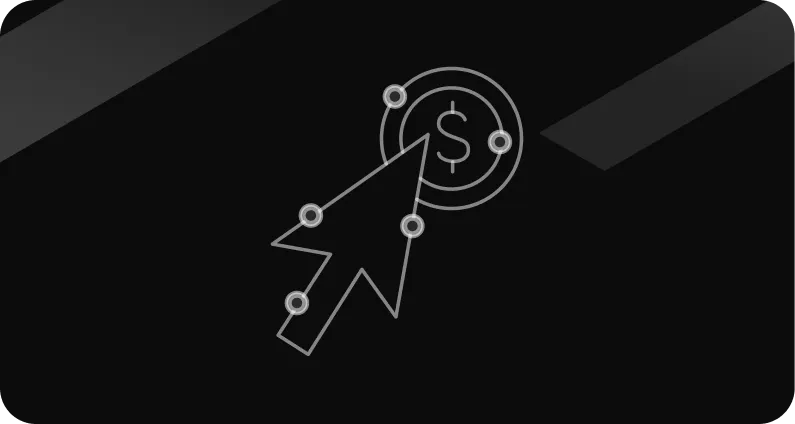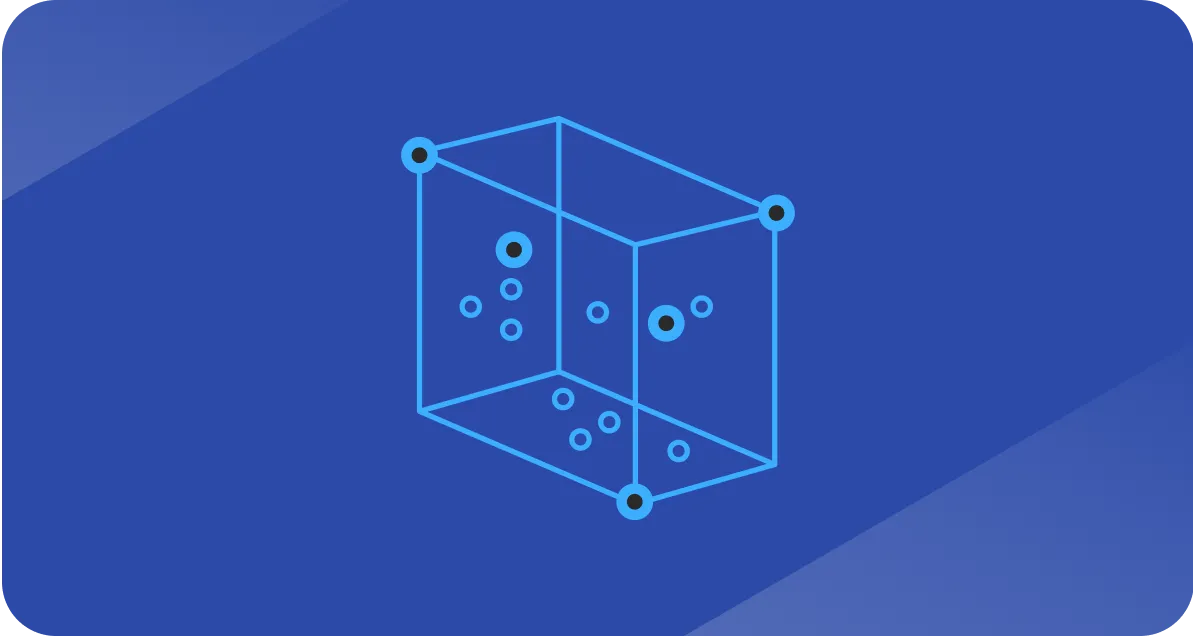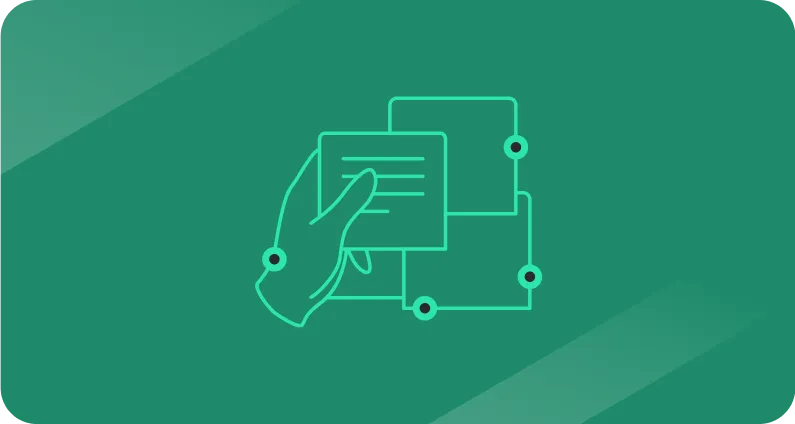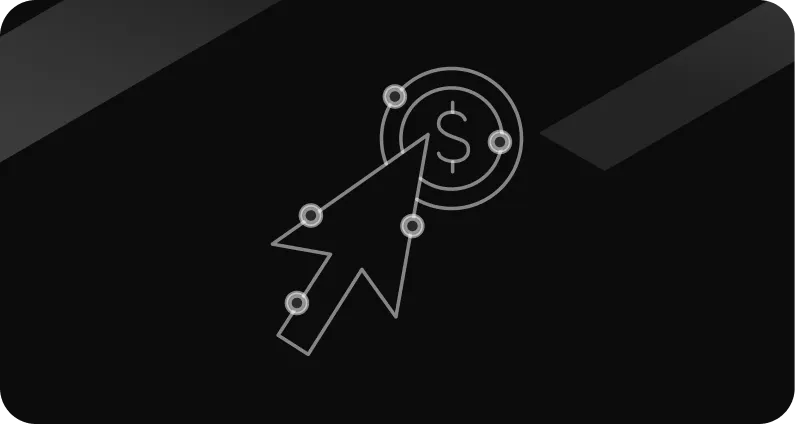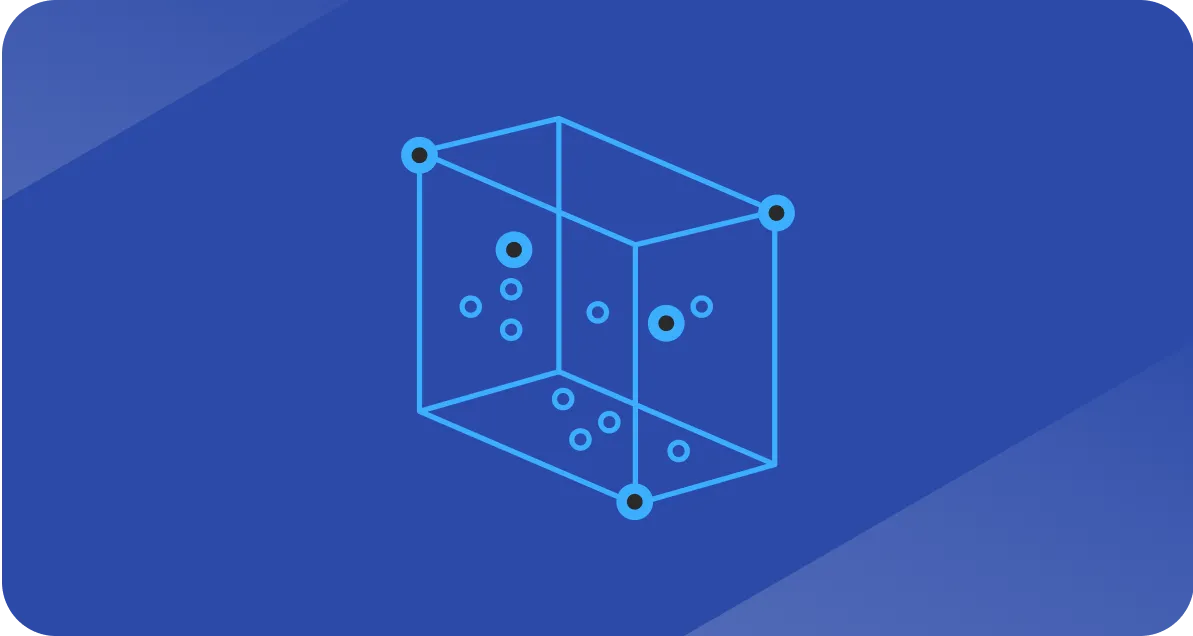Is it easy to buy from you? [B2B buyer journey]
Run your buyer journey like a prospect. Find friction, speed up deals, and make it stupidly easy to buy in 2025.

Most teams think their buying process is fine, until they run it from the perspective of a prospect and realize it’s not.
Hidden friction kills deals faster than a weak pitch.
The question isn’t “Why aren’t we closing more?”
It’s “Why is it so damn hard to buy from us?”
If it’s hard to buy from you, people just… Won’t.
Make it easy, match how they actually want to buy, and the rest takes care of itself.
Let’s talk about exactly how to do that.
But first, let’s talk speed-to-lead
Every second after a form is filled is a trust test. In most organizations, it takes hours (sometimes days) for sales to respond. By then, your “hot lead” is already in a competitor’s pipeline.
The math is brutal: conversion rates can drop by up to 50% for every minute you delay after inbound interest. That’s not theory, it’s been proven across thousands of GTM teams.
Speed to lead is more than “respond fast.” It’s:
- Routing the lead instantly to the right rep
- Auto-triggering a personalized follow-up while they’re still on your site
- Having the rep’s outreach feel like they’ve been expecting the call
Avoid these costly funnel mistakes
Funnel mistake #1: the never-ending buying process
Here’s what we mean;
- A prospect books a demo.
- Before they see the product, they sit through a “qualification call.”
- Then another meeting for the demo.
- Then another for pricing.
By the fourth meeting (if you’re lucky enough to get there), they’ve lost interest OR moved to a competitor who skipped the hoops.
Every extra step is a friction point. In the buyer’s head, it’s another hoop they have to jump through.
The fix is ruthless simplification:
- Combine qualification and demo into one high-value call
- Provide pricing early if it’s a known objection
- Remove extra approvals and handoffs that don’t add value
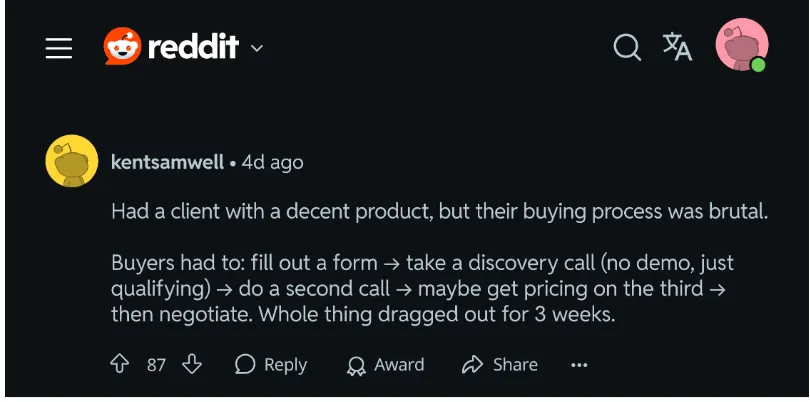
Funnel mistake #2: making buyers chase you
Some teams mistake scarcity for strategy - forcing buyers to “prove” they want your product before you’ll talk to them. That might work if you’re the only game in town. Chances are you’re not.
If a buyer has to follow up multiple times, chase down a rep, or re-explain their use case to different people, you’ve already lost them.
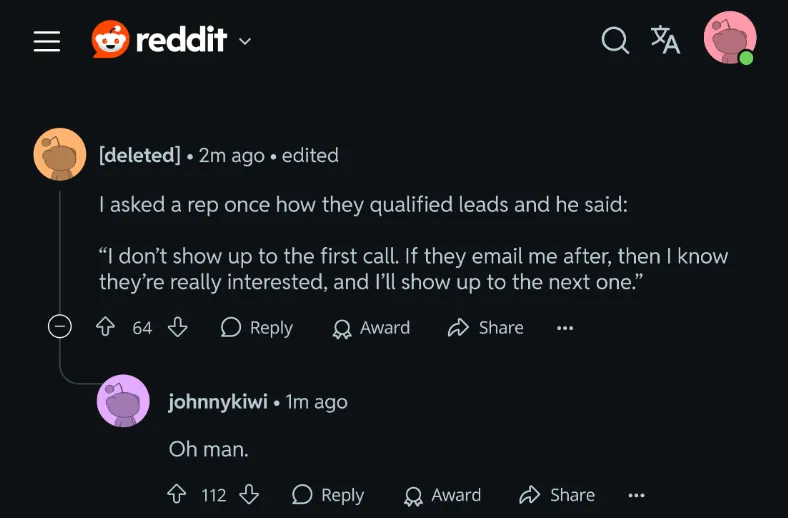
A well-designed funnel should feel like an open invitation, not a loyalty test.
Here are a few things you can try:
- Respond to inbound in 5–10 mins.
- Route all contacts from an account to one rep.
- Store discovery notes in CRM.
- Include direct scheduling links.
- Audit handoffs monthly.
4 buyer journey improvements to minimize friction
1. Get in the weeds
Pretend you’re the buyer. Fill out your own demo form with a personal email and see what happens.
Track every touchpoint and how long it takes to hear back, how the tone feels, and whether you’re asked the same questions twice!
If you find yourself annoyed halfway through, imagine how a stranger feels with zero loyalty to your brand.
2. Tighten lead routing rules
Your hottest leads shouldn’t get lost in the shuffle. Make sure they land with the right rep the first time.
That means one clear owner per account, no messy duplicate records, and rules for handling multiple contacts from the same company.
3. Collapse steps in the buying process
Every extra call between “I’m interested” and “Let’s sign” is a chance to lose the deal.
Merge your qualification and demo, give pricing early if it’s a sticking point, and ditch steps that don’t move the sale forward.
If your competitor can close in half the time, you’re in trouble.
4. Create a consistent experience across channels
Whether someone finds you through a LinkedIn ad, a webinar, or cold outreach, the journey should feel seamless. No jarring tone shifts, no confusing next steps.
The best sellers have mastered all aspects of the user experience, ensuring smooth handoff to the right person, with a clear and easy way to keep moving forward.
Don’t forget to generate demand at every entry point!
Form submissions are just one piece of the puzzle and often the easiest part to get right.
The real drop-off happens when buyers come in through other doors. Paid ads, SDR calls, partner referrals, event lists each one should feel like it plugs into the same machine. In most teams, it doesn’t.
Paid leads get a fast, polished follow-up.
SDR-sourced leads sit in a rep’s queue for days.
Event leads languish in a spreadsheet until someone remembers to upload them.
That inconsistency forces buyers to slow down, repeat themselves, or wonder if you’re serious about earning their business.
The fix is to unify the experience across channels: same speed-to-lead target, same quality of outreach, same clear next step, no matter how they entered.
When every entry point feels equally smooth and intentional, deals move faster, forecasts tighten, and your buyers never feel like they’re starting over.
Your competitive edge in 2025
The companies winning this year are the ones that make buying stupidly easy.
They treat the buyer journey like a product: stress-tested, tweaked, and sharpened until there’s nothing left to trip over.If you actually want to know why deals are stalling, let us break your funnel the way a prospect would - then help you fix it.
If you want to learn more about the B2B Buyer Journey, check out ourWebinar with Cece Renick, Chili Piper’s Strategic Account Executive.



